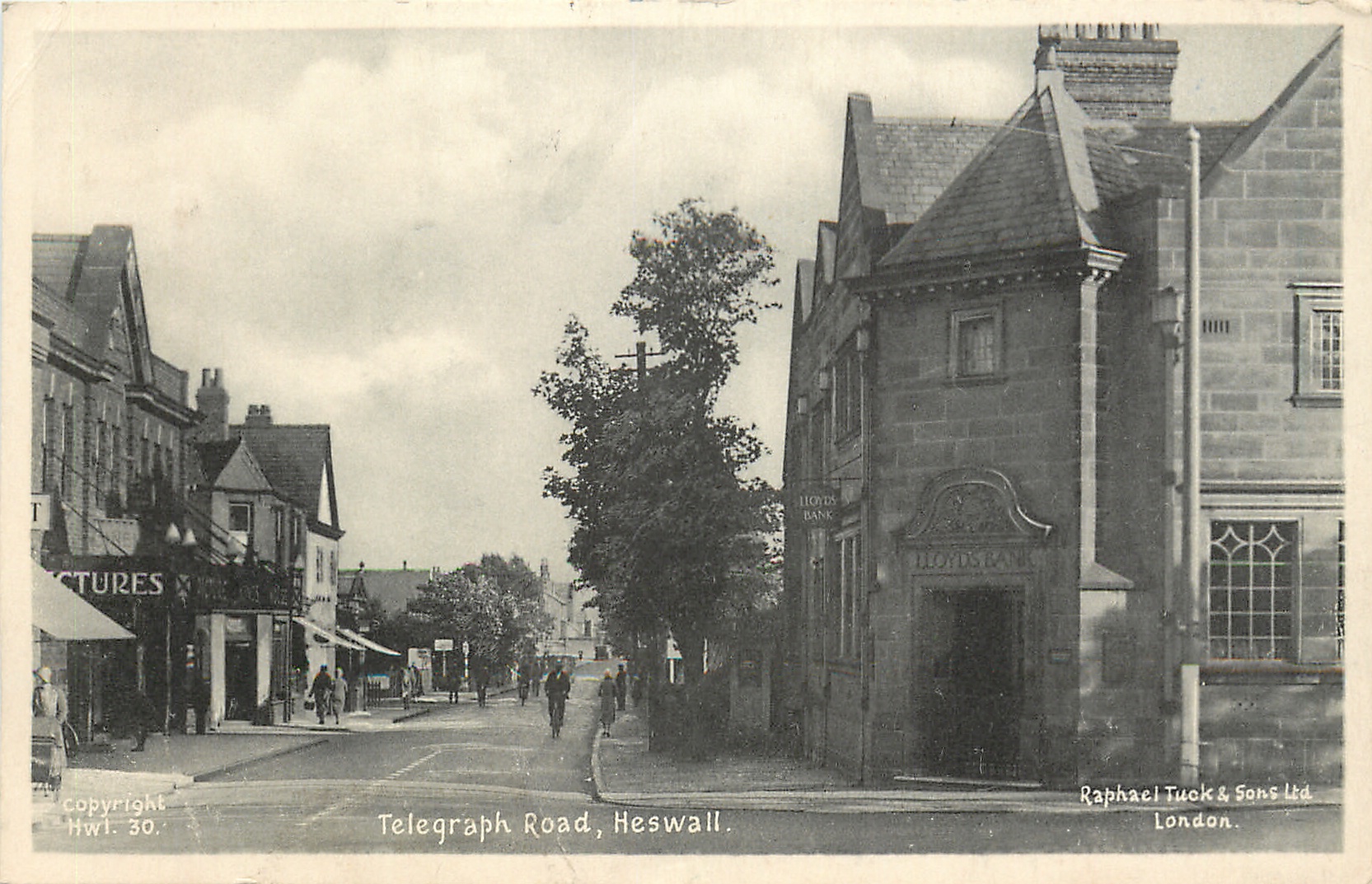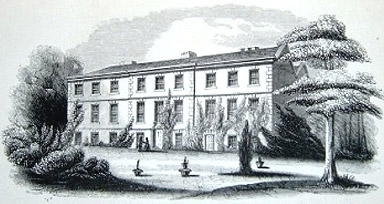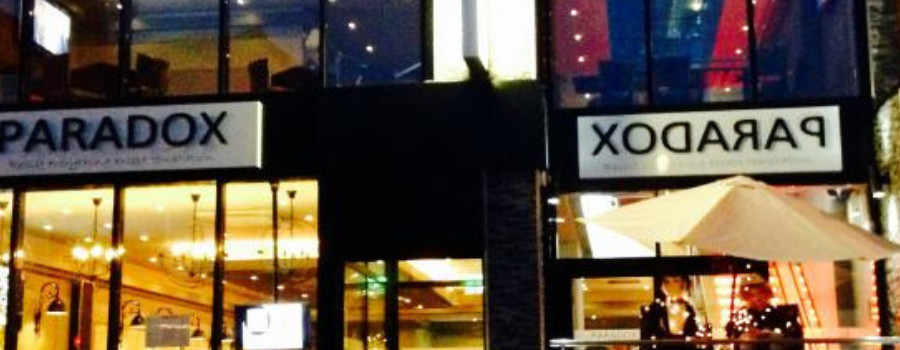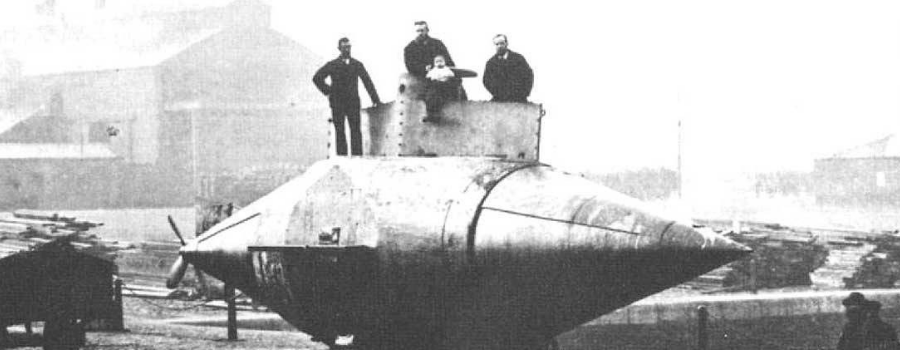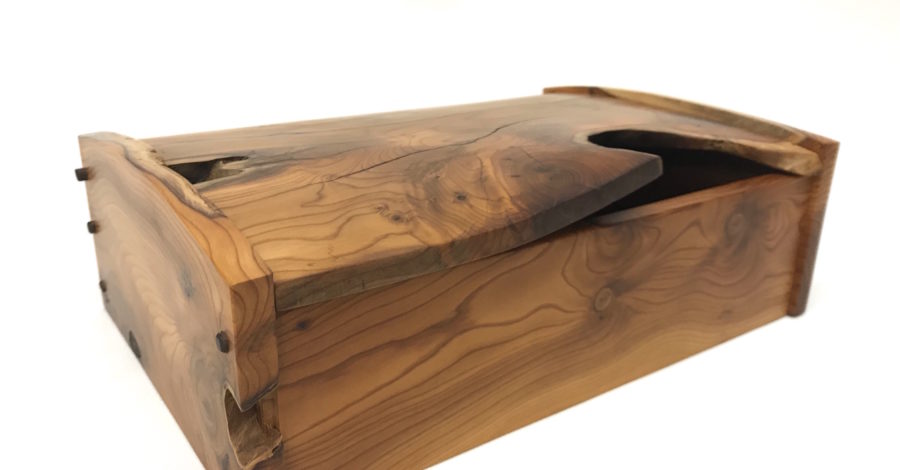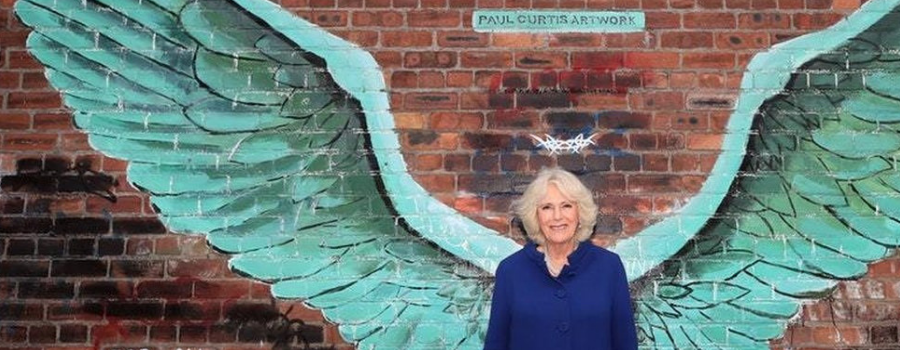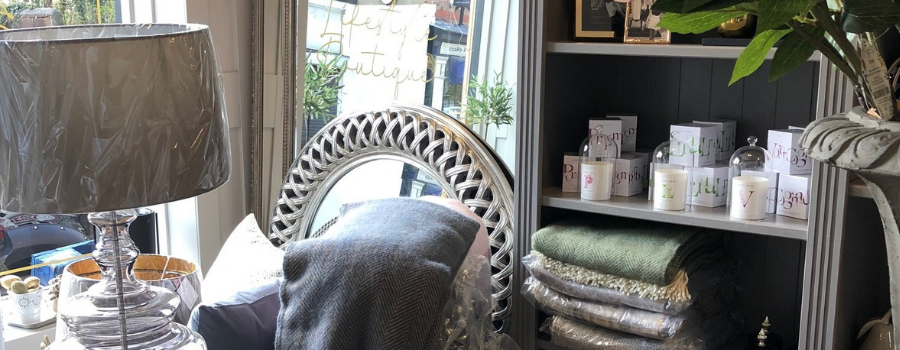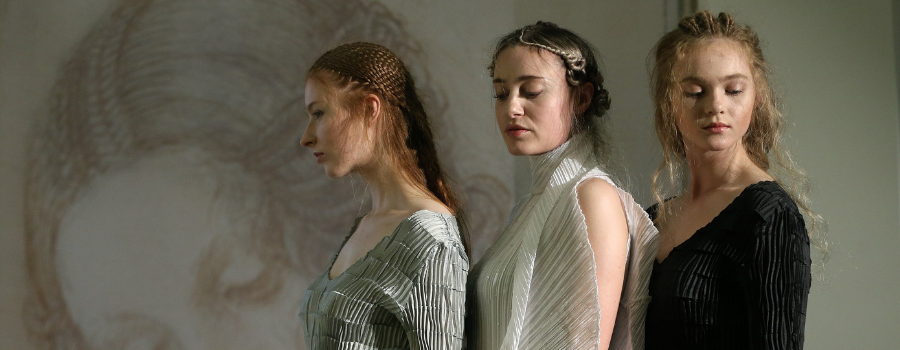[dropcap type=”circle”]I[/dropcap]n Heswall and Gayton there are seven listed buildings and one listed sun-dial. Yes, sun-dial. Listing means that the eight structures have been identified as having architectural and historic interest and are protected against demolition and alteration. In other words, listing aims to safeguard aspects of our history and culture.
But do you know which of the buildings – or sun-dials – we pass on a regular basis are regarded as important?
No, neither did I.
Lloyds Bank on Telegraph Road was built in 1907 to designs by architects Grayson and Ould. G.H. Grayson was a talented Cheshire architect who did important work on Trinity Hall, Cambridge. The bank is notable for, amongst other things, a sandstone ashlar (an ashlar is masonry made of large, square-cut stones), some half timberwork and a Cumbrian slated roof. G. H. Grayson also designed the branch of Lloyds in Bold Street, Liverpool, that opened for business in the 1920s.
Gayton Hall on Gayton Farm Road was the home of the Glegg family and built in the late 17th Century. It was given a substantial overhaul around 1750. Made from brick with sandstone dressings, the Hall has three storeys standing on a stone base. The exterior and much of the interior are listed. Two oak trees in the garden were named William and Mary to commemorate the visit of William of Orange who stayed overnight at the Hall as a guest of the Gleggs in 1689 before crossing to Ireland. The next year William and his troops would emerge victorious from the Battle of the Boyne against the forces of James II.
The dovecote to the north of Gayton Hall is notable for an inscribed lintel that is another reminder of the Gleggs’ influence. A dovecote is basically a house for domesticated pigeons, but we can assume that the birds that lived there three centuries ago enjoyed a privileged lifestyle in their octagonal, brick and sandstone home.
In the same area lies the Old Farm. The farmhouse’s datestone reads RCM/1761. It has undergone some conversion over the years – including the addition of extra bays fashioned from former farm buildings – but remains a very pleasant and important building.
The Old Windmill on Telegraph Road was built in the mid-18th century. The conical tower made of stone is now an attractive dwelling house.
Oldfield Farmhouse on Oldfield Farm Lane bears the datestone RS 1604. The RS refers to Sir Rowland Stanley of Hooton. Sir Stanley retired to this house in his old age, but had 10 good years there before departing this earth in 1614.
Down in the Lower Village, of course, is the Church of St Peter. Part of the tower dates back to the 14th century, while the bell stage belongs to the 15th. The main body of the church was rebuilt in 1879 and the south chapel was added 14 years later. Once again the Gleggs loom large in the form of memorial wall tablets and armorial panels. There is also fine stained glass work by notable Victorian designer and manufacturer, Charles Eamer Kempe.
To the west of St. Peter’s Church is a sundial dating from 1726. It features an octagonal plate but, unfortunately, the gnomon – the projecting piece on a sundial that shows the time by the position of its shadow – is missing.
Are there any other buildings, landmarks or areas we should protect? Let us know via Heswall Today’s Facebook page.


